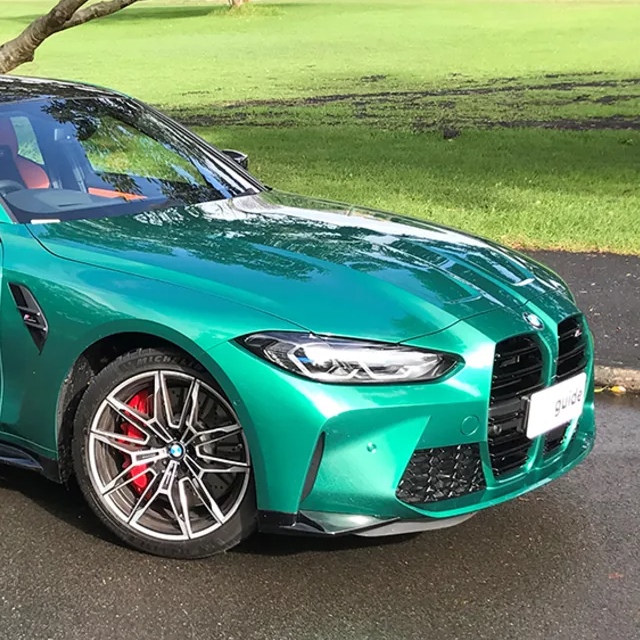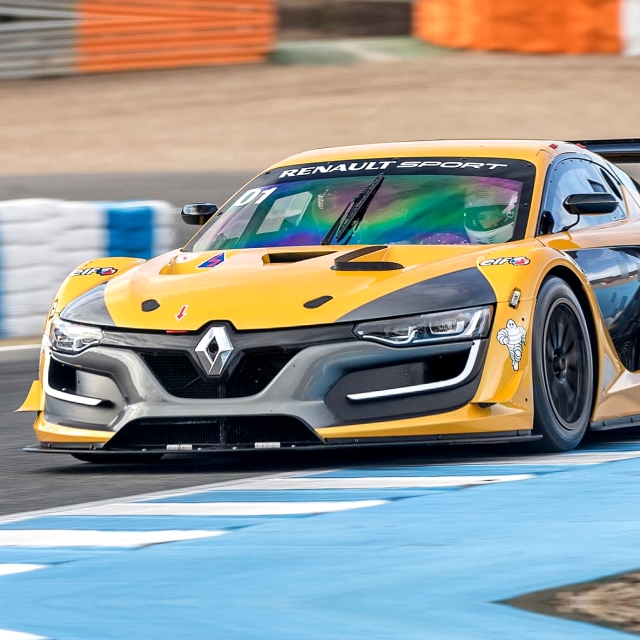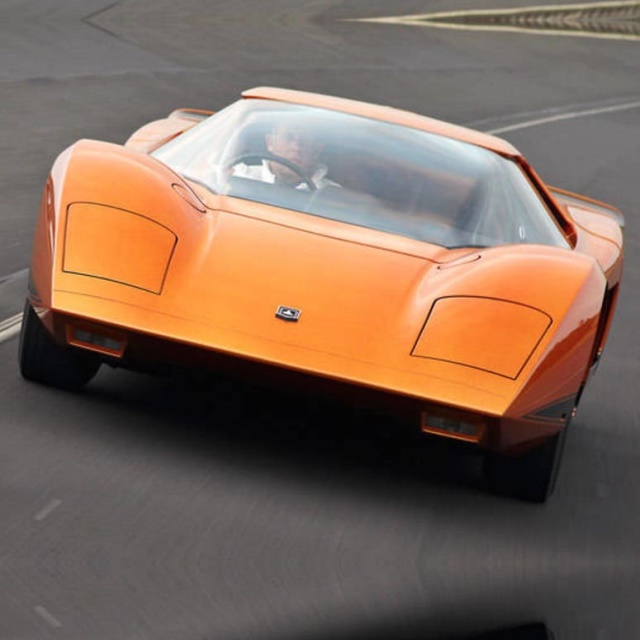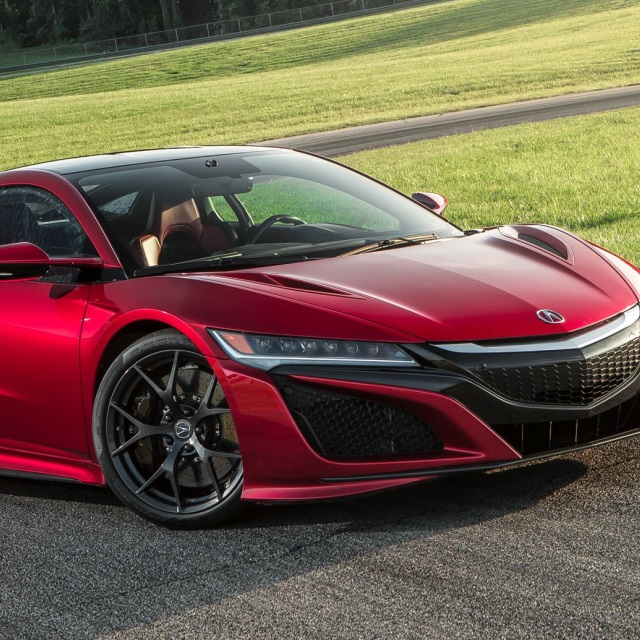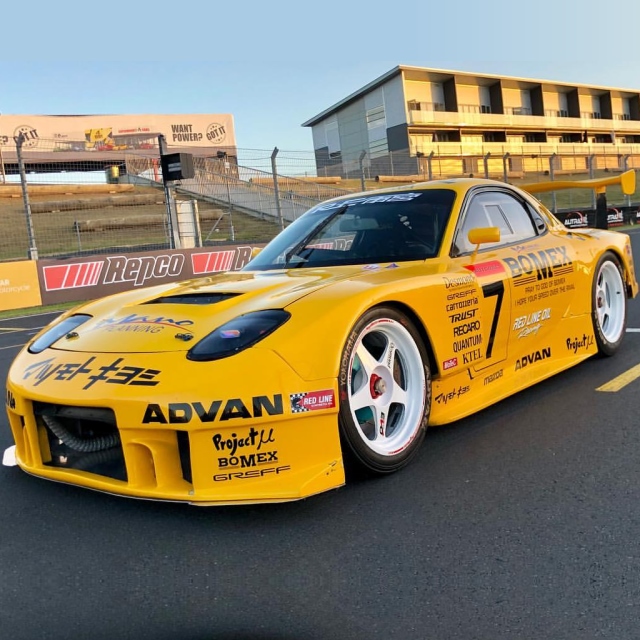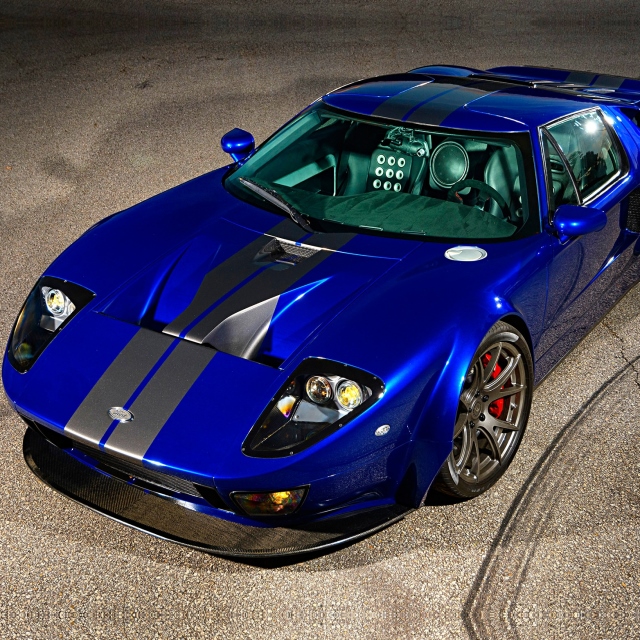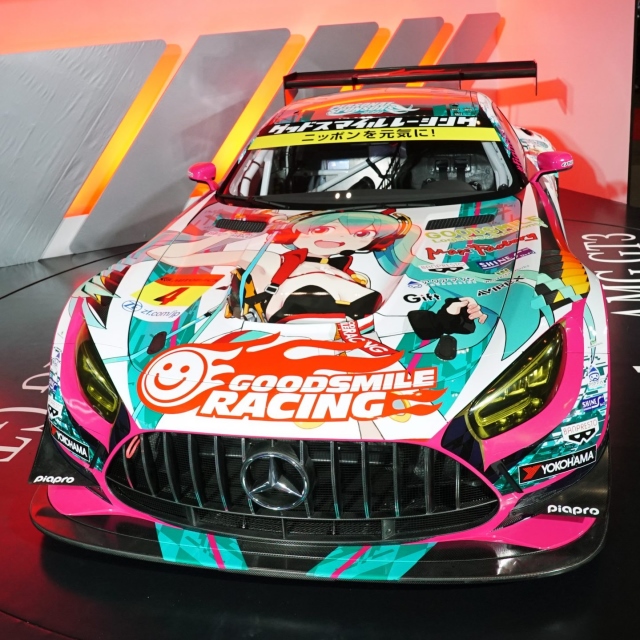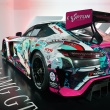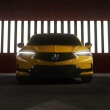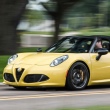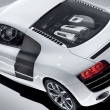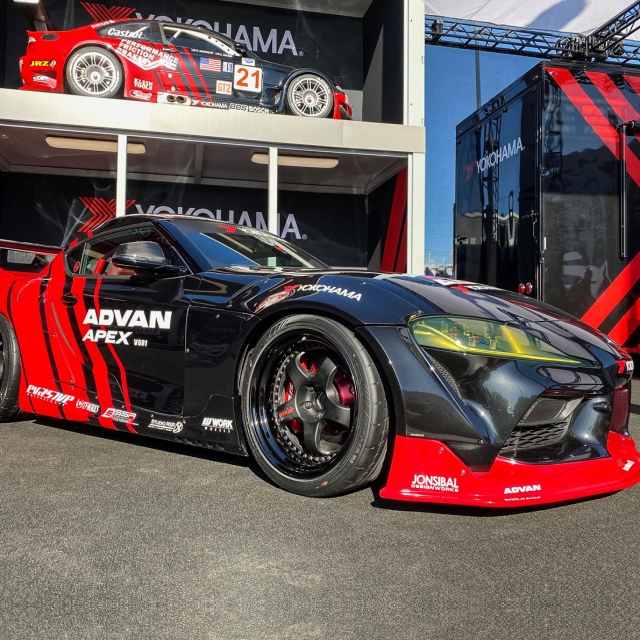
Yokohama Advan Toyota Supra Build
Category : Toyota | Published by Editor 10 Mar 2021 6:50 PM (5445 reads)There were Supras wearing iconic liveries, like the the black-to-red Advan fade. These will never go out of style, and look good on just about any car.
Inspired by the classic Toyota 2000 GT, GR Supra features a unique double-bubble roof. Its design allows for more head room inside, while also optimizing airflow and reducing drag outside.
GR Supra 2.0 features a unique cat-back exhaust that has been tuned to match the specific performance characteristics of its turbocharged inline-four. Not only does this help unleash the engine’s potential; it also gives GR Supra 2.0 a unique sound all its own.
Of the many Japanese cars to have enjoyed a resurgence in popularity in recent years, the Toyota Supra has been among the highest-profile. Riding the crest of a wave which has seen Nissan Skyline GT-Rs and Honda NSXs rocket in value – not to mention the floodgates opening as models pass the 25-year-old mark that makes them legal for importation to the enormous US market – the market for the 1990s A80-generation Supra in particular has never been stronger.
Seems like the perfect time then for Toyota to launch a new, A90-generation Supra. Introduced in 2019, the new model shares several cues with its immediate predecessor, from swooping styling to a turbocharged in-line six powering the rear wheels. But the difficulty and expense of bringing such a car to market in the 21st century means the car hides a badly kept secret: underneath, it’s a BMW.
The use of BMW Z4 underpinnings has caused consternation among enthusiasts, but there are solid reasons for doing so – not least BMW’s expertise with Toyota’s preferred rear-drive, straight-six configuration. At any rate, Toyota’s car is a coupe to the BMW’s roadster set-up, and the two cars feature different chassis settings to try to differentiate them further.
Toyota GR Supra: in detail
- Engine, gearbox and technical specs – Just the one engine, and just the one gearbox – a combination of BMW-sourced straight-six and ZF eight-speed auto. Layout is fairly conventional.
- Performance and 0-60 time – Does strong work with its modest power figure, taking only 4.3sec to reach 62mph. Feels as quick as the figures suggest.
- Ride and handling – Responsive, well-balanced and grippy, with good traction in the dry and a decent ride. Short on driver interaction, though.
- MPG and running costs – Decent on-paper economy for its performance. Good warranty too.
- Interior and tech – A Toyota recipe with BMW ingredients. The outcome is a comfortable, well-judged environment, but small windows and dark trim leave it a bit gloomy.
- Design – Traditional sports car proportions paired with unique design elements.
| Navigate through the articles | |
 2013 Toyota GT 86
2013 Toyota GT 86
|
|
|
The comments are owned by the author. We aren't responsible for their content.
|

